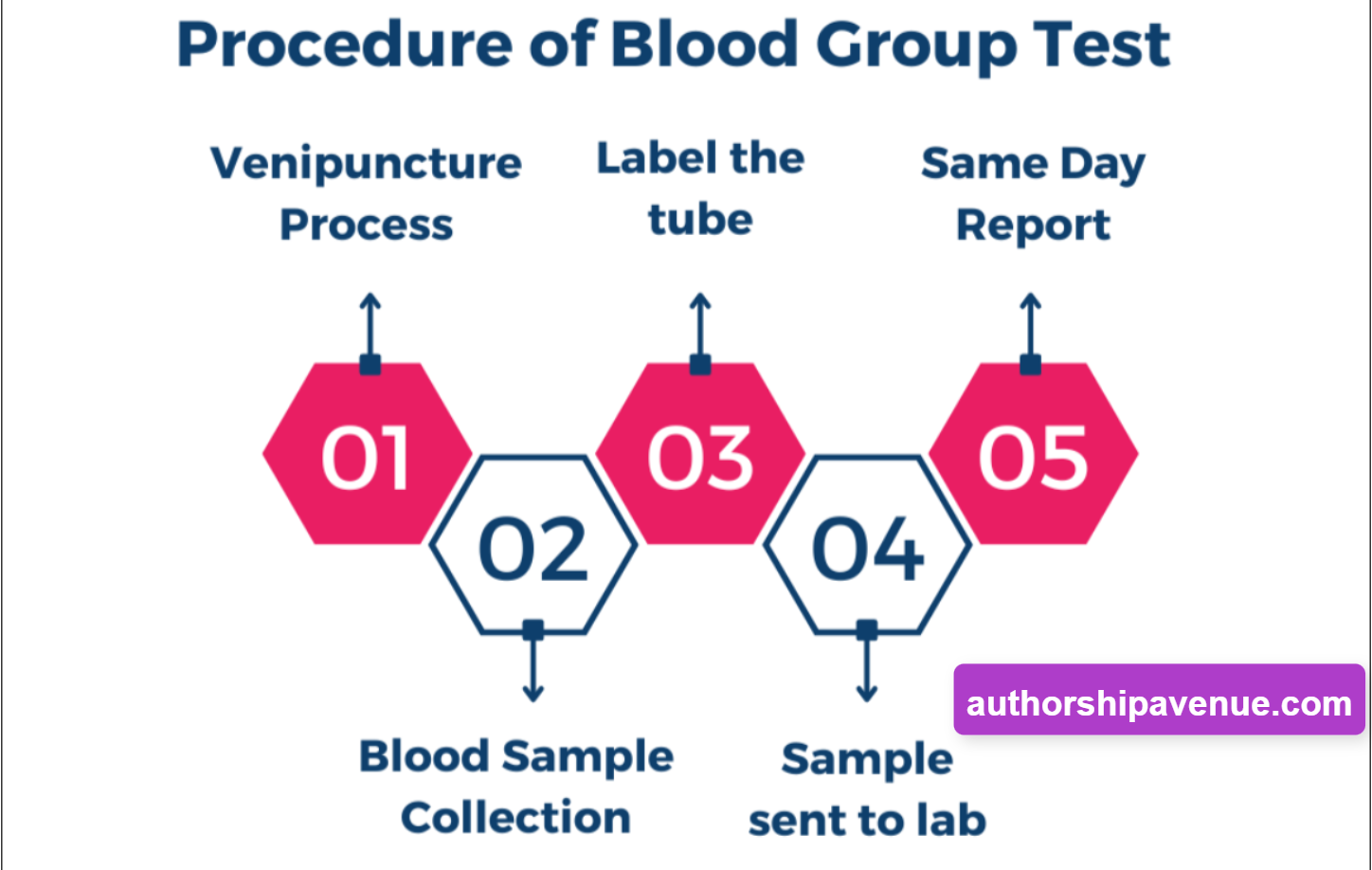Blood is a specialized body fluid composed of four main components: plasma, red blood cells, white blood cells, and platelets. Despite these common elements, blood varies from person to person due to different genetics. These genetic differences create unique combinations of protein molecules, subdivided into antigens and antibodies.
The importance of blood group testing and identifying blood groups was discovered in 1901 by Austrian scientist Karl Landsteiner. His discovery revealed that not all blood is the same, which previously caused deaths from blood transfusions.
There are eight blood types and four major blood groups based on the presence of two specific antigens, A and B. This method of identifying blood types is known as the ABO Blood Group System.
Types of Blood Groups
According to the ABO Blood Group System, there are eight blood types, divided into four major blood groups based on the presence of antigens A and B:
- A positive (A+): One of the most common blood types, suitable for donating to A+ and AB+ individuals.
- A negative (A-): Can donate to any A or AB blood type.
- B positive (B+): Suitable for donating to B+ and AB+ individuals.
- B negative (B-): Can donate to any B or AB blood type.
- AB positive (AB+): Universal recipient, can receive blood from any type.
- AB negative (AB-): Universal plasma donor, can donate plasma to any blood type.
- O positive (O+): Can donate to any positive blood type.
- O negative (O-): Universal donor, can donate to any blood type.
Major Blood Groups
The four major blood groups, based on the presence of A and B antigens, are:
- Group A: Has A antigen and B antibody.
- Group B: Has B antigen and A antibody.
- Group AB: Has both A and B antigens but no antibodies.
- Group O: Lacks both antigens but has both A and B antibodies.
Another important antigen is the Rh Factor, which determines blood compatibility between individuals.
Why is Knowing Your Blood Type Important?
Knowing your blood type is crucial for safe blood transfusions. Mixing different blood types can cause clumping, which can be fatal. This reaction occurs because the recipient’s antibodies attack the donor blood cells, leading to a toxic reaction. Therefore, ensuring compatibility is essential for a non-threatening blood transfusion.
Blood Group Testing
Blood Group Testing is essential before any blood transfusion to ensure compatibility between the donor and recipient.
Blood Group Testing can be performed at home using a blood typing kit, which involves pricking the finger and observing the blood’s reaction on a special card.
Blood group testing, or ABO Typing, determines a person’s blood type. A phlebotomist or medical professional typically performs this test. The process involves mixing a blood sample with antibodies against type A and type B blood and checking for clumping, indicating a reaction.
The next step, Reverse or Back Typing, involves mixing the liquid part of the blood (minus the cells) with type A and B blood to determine the presence of antibodies.
For Rh Factor testing, the sample is mixed with anti-Rh serum to check for clumping, indicating Rh-positive blood.
Blood Group Testing Methods
Various methods can determine an individual’s blood group:
- Doctor’s Visit: A phlebotomist takes a blood sample and sends it to the laboratory for testing.
- Home Testing Kits: Available for purchase, these kits involve pricking the finger with a lancet and placing drops of blood on a special card to observe clumping.
- Free Testing: Blood donation centers often inform donors of their blood type.
- Non-Invasive Testing: For those afraid of needles, blood type can be determined through saliva or other body fluids, provided the individual secretes blood group antigens in their fluids.
Risks of Blood Group Testing
While generally safe, blood group testing can have risks if not performed carefully. Possible complications include discomfort, pain during needle insertion, excessive bleeding, bruising, or infection at the sample site.
Conclusion
Regular blood tests are crucial for maintaining physical well-being. Understanding your blood type helps ensure safe medical procedures and informs health decisions as you age.
FAQs
Are blood group tests accurate?
Yes, blood group tests are accurate 99.99% of the time. Accuracy issues may arise with rare blood types.
Why is blood red?
Blood is red due to the presence of Hemoglobin, which carries oxygen from the lungs and releases it throughout the body.
What are the three main components of blood?
Red Blood Cells (carry oxygen), White Blood Cells (fight infections), and Platelets (help in clotting).
How is blood type determined without drawing blood?
For those who secrete blood group antigens in their body fluids, kits can test saliva, urine, mucus, or sweat.
Why is it important to know your blood type?
Knowing your blood type ensures safe blood transfusions and helps avoid potentially fatal reactions during medical procedures.
